EDIT: I should make it clear that I am asking in terms of creating the PMBus firmware for the device rather than attempting to program the device using PMBus commands.
In section 10 The PMBus specification (>= rev 1) states that the fault response parameter is a byte made up of several values, one of which is the 3-bit Delay Time value described as
The number of delay time units, which vary depending on the type of fault. This delay time is used for either the amount of time a unit is to continue operating after a fault is detected or for the amount of time between attempts to restart.
The latter part seems ambiguous: "the amount of time between attempts to restart". Is this the amount of time from the start of one restart to the start of the next (fig 1), or from the end of one restart to the start of the next (fig 2)
If the first meaning (fig 1) is correct then well and good.
However, if the second meaning (fig 2) is intended then how can one know whether a subsequent fault is part of the previous fault response and should constitute one of the allowed number of retries, or an entirely new fault that should start a response anew?
EDIT: I realised there is a third possible interpretation where the former meaning is taken but the delay time is enforced by stopping any further retry occurring until the delay time for the first retry has expired (fig 3)

